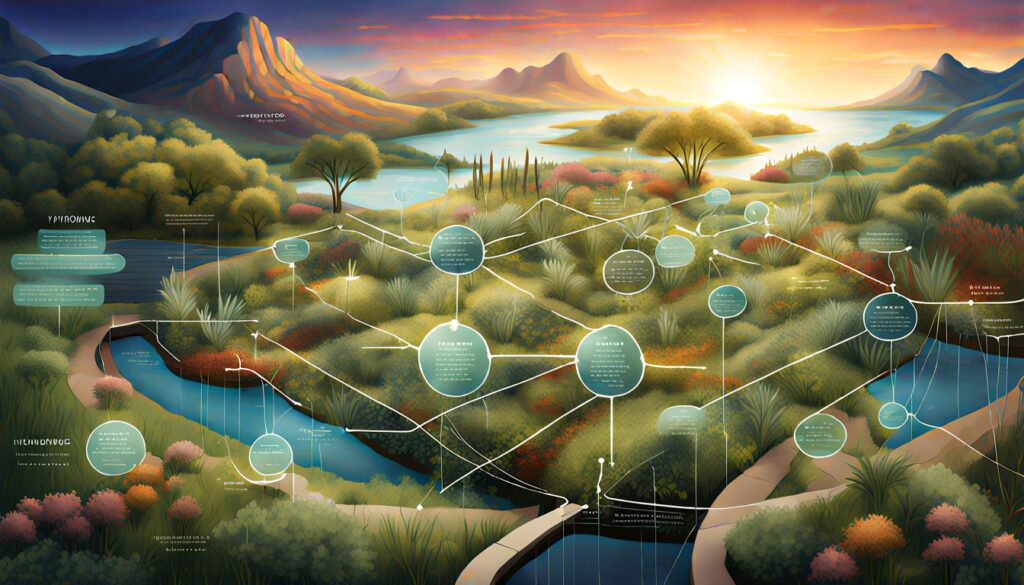
Welcome to the final instalment of our primer series on business ecosystems. Over the past nine blogs, we've journeyed through the diverse landscapes of these intricate networks, gaining insights into their components, dynamics, and potential pitfalls. In Part 9, we explored the future of business ecosystems. Building your ecosystem aligns with these forward-looking trends. By creating a sustainable and collaborative network, you're not just preparing for the future—you're actively shaping it. Today, we conclude our series with a crucial topic: Building and Nurturing Your Own Ecosystem.
Why Build and Nurture Your Own Ecosystem?
Before delving into the 'how,' let's address the 'why.' In a world where collaboration and interdependence are becoming increasingly essential, businesses can no longer thrive in isolation. Creating your ecosystem allows you to harness the power of partnerships, leverage collective strengths, and drive innovation. It's a proactive approach to shaping your business destiny rather than merely adapting to the existing landscape.
Step 1: Define Your Purpose
The first step in building your ecosystem is to define your purpose and objectives clearly. What do you aim to achieve? What value do you intend to deliver to your partners and customers? Your ecosystem's purpose should align with your organization's mission and strategic goals. Clarity here will guide all subsequent decisions.
Step 2: Identify Key Partners
Your ecosystem's success depends on the right partners. Identify organizations and individuals whose capabilities and goals complement yours. Look beyond traditional competitors and consider potential collaborators who can contribute to your ecosystem's growth. Remember, diversity within the ecosystem can bring different perspectives and strengths.
Step 3: Establish Governance
Governance is crucial to ensure that the ecosystem functions smoothly. Define rules, norms, and processes that govern interactions and transactions within the ecosystem. This can include agreements on data sharing, revenue sharing, and dispute resolution mechanisms. Transparency and fairness are essential to build trust among partners.
Step 4: Technology Integration
In the digital age, technology plays a pivotal role in ecosystem development. Invest in the right tools and platforms that facilitate collaboration, data sharing, and communication among ecosystem members. Ensure that your technology infrastructure is scalable to accommodate growth.
Step 5: Metrics and KPIs
Effective ecosystem management requires measurement. Define key performance indicators (KPIs) that align with your ecosystem's objectives. Track these metrics to assess the ecosystem's health, identify areas for improvement, and celebrate successes. Regularly share performance data with partners to foster transparency.
Step 6: Nurture Relationships
Building an ecosystem is not a one-time effort; it's an ongoing process. Invest in building and nurturing relationships with ecosystem partners. Communication, collaboration, and trust are the foundations of a successful ecosystem. Regularly engage with partners, seek feedback, and adapt to changing circumstances.
Step 7: Adapt and Evolve
The business landscape is dynamic, and so should be your ecosystem. Be prepared to adapt to changing market conditions, technological advancements, and shifts in customer preferences. Flexibility and agility are key attributes of successful ecosystems.
The Power of Ecosystem Synergy
As your ecosystem matures, you'll witness the power of synergy. Partners within the ecosystem can create value that exceeds the sum of individual contributions. Collaboration can lead to innovative solutions, improved customer experiences, and increased competitiveness.
In conclusion, building and nurturing your own ecosystem is a strategic imperative in today's interconnected business landscape. It's a journey that begins with a clear purpose, the right partners, and a commitment to ongoing relationship-building. As we wrap up this primer series, remember that the power of business ecosystems lies not just in understanding them but in crafting and managing your own. Stay tuned for more insights and discussions on this fascinating topic. Thank you for joining us on this pragmatic journey.
For an in-depth exploration of the subject of business ecosystems, please see the two books listed below.
Business Climate Change on Amazon Kindle
Business Ecosystems Handbook on Amazon Kindle
Both these books are available as Kindle Editions on Amazon. The Kindle app is free and available on most devices including laptops, tablets and phones. These links are to the US site, but the books are available from your local site too.

